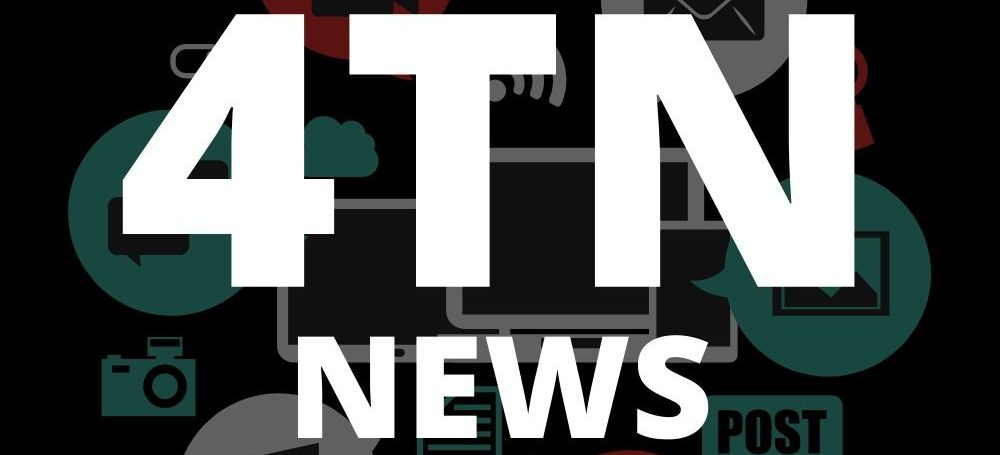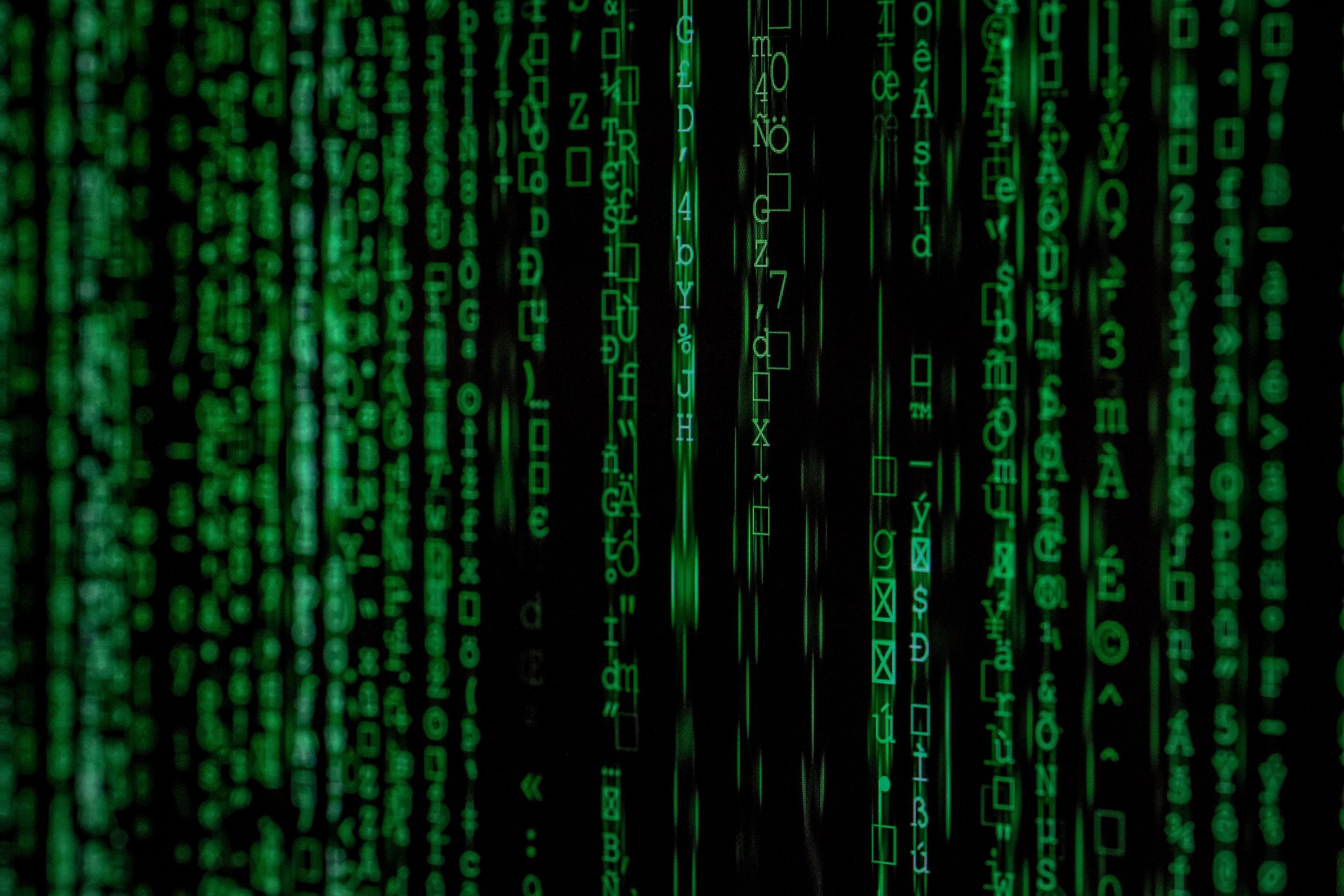From Pressat/ WePROTECT Global Alliance
Tools that are protecting children from online child sexual abuse will be outlawed in December, unless an agreement can be reached by three key EU institutions.
Currently, a number of technology companies operate sophisticated detection tools that help to flag child sexual abuse material (CSAM) and child grooming attempts in Europe and beyond. These tools are behind the CSAM reports to the US-based National Center for Missing and Exploited Children (NCMEC), whose CyberTipline received 69 million files in 2019 alone.
However, the incoming European Electronic Communications Code is set to make such tools illegal from December, which experts warn will risk jeopardising Europe’s ability to identify child victims, trace offenders and crack down on the increasing trade of child abuse images online.
It had been hoped that a temporary exception proposed by the European Commission (EC) would allow the existing tools to continue being used but agreement is needed by three parties: the Commission, the Council of Ministers and the European Parliament.
It is unclear what the position of the European Parliament will be, but this looks set to delay the decision until next year, after the Electronic Communications Code comes into force, which will mean significantly reduced protection for children online worldwide.
Some MEPs have opposed the temporary exception citing concerns over privacy and data protection – even though the EC’s proposal clearly makes using such tools for any other purposes than identifying online child sexual abuse illegal.
Only months ago, in July 2020, the EC published the EU strategy for a more effective fight against child sexual abuse 2020-25, setting tackling online abuse and exploitation as a priority. The ability to use digital tools to detect, remove and report child sexual abuse online underpins this strategy. This latest development in the LIBE Committee could unravel the EU’s ambitions and severely limit its ability to be effective in addressing the scourge of online CSEA.
“Children, like all internet users, have a right to both safety and privacy online; that is why I support efforts to report and remove images and video of child abuse online. These detection tools are a vital part of our armoury in protecting children from sexual abuse and exploitation online. Without them, Europe risks becoming a global epicentre of online child abuse and, at the same time, removing the ability of its law enforcement agencies to work with industry partners to protect children and apprehend offenders. We owe it to children across Europe to get this right – if not, they will be left unprotected from online abuse for years to come.”
– Iain Drennan, Executive Director, WePROTECT Global Alliance
“Germany, like other countries in Europe, has had to face up to the shocking scale and depravity of online child sexual abuse. Yet this is not just a European issue. Online detection tools are crucial to efforts to tackle the sexual exploitation of children globally. We need this situation to be resolved urgently to preserve our ability to remove illegal abuse content, uncover offender networks and protect children who are being sexually abused.”
– Dr. Dorothea Czarnecki, Deputy Director, ECPAT Deutschland
“I am eternally grateful for all of the work that professional do to try to tackle and prevent online CSA and to remove these images from the internet. This is something that no one person or organisation can tackle alone; everyone has a role to play and I would really like to ask from the bottom of my heart for legislators and policy makers to do their part and help technology companies to continue to be able to use the technology that they have available to try to fight this. That would mean the world to me and to many other survivors of this horrific crime.”
– Rhiannon, Subject Matter Expert, Marie Collins Foundation and survivor of online-facilitated child sexual abuse

